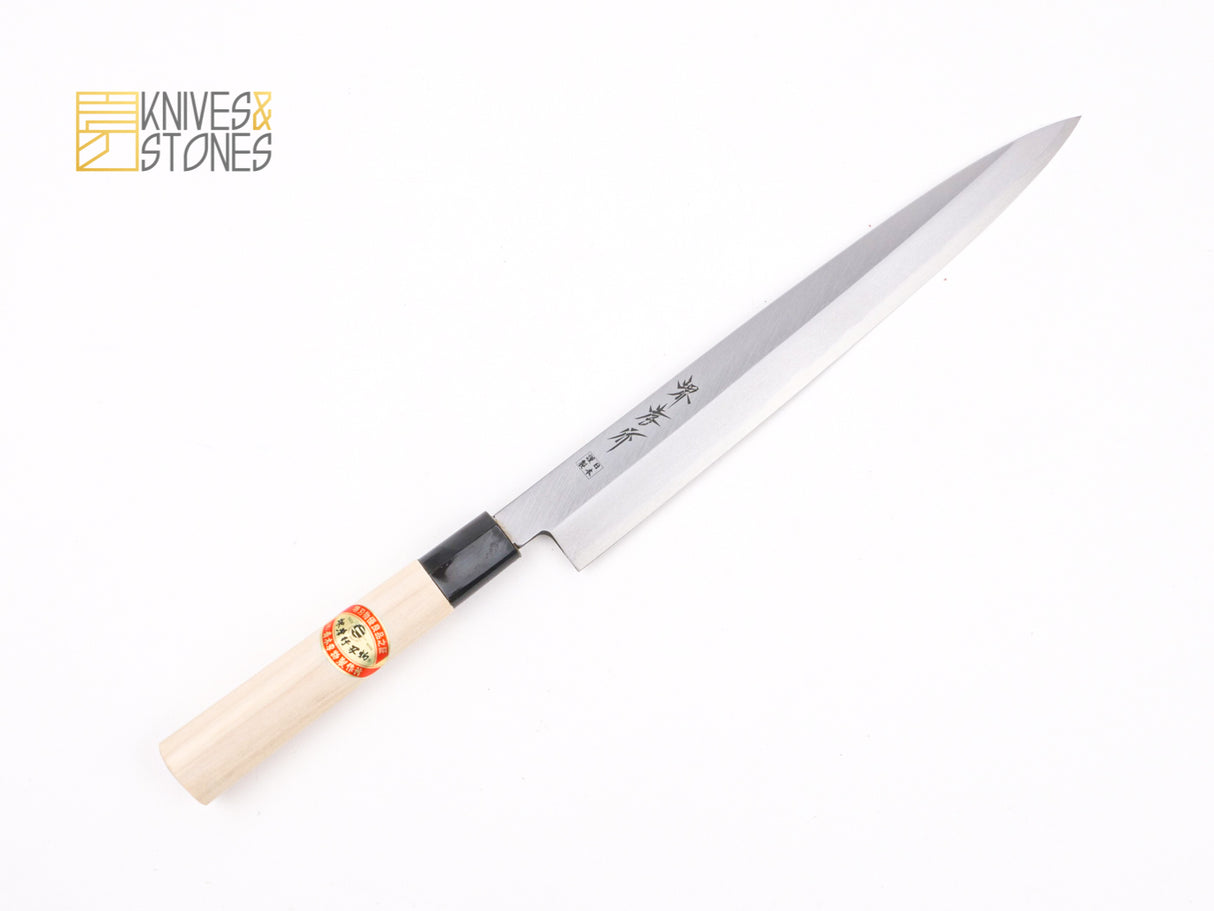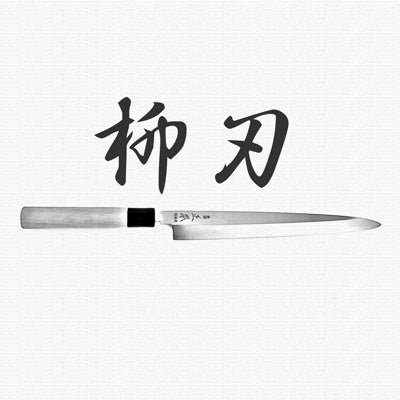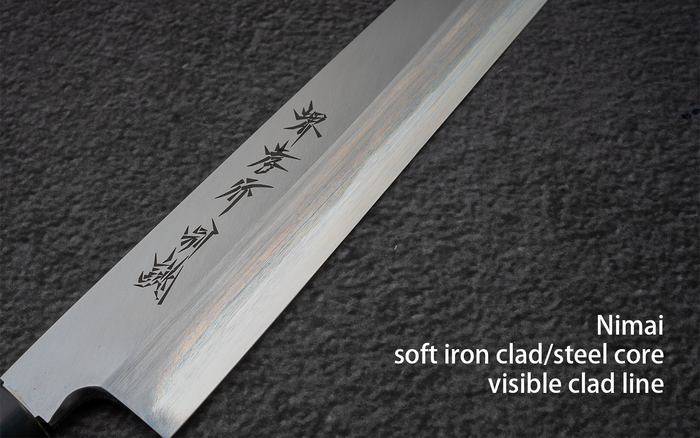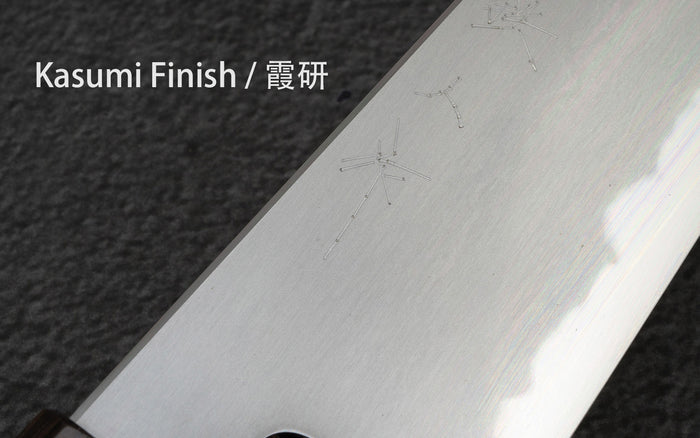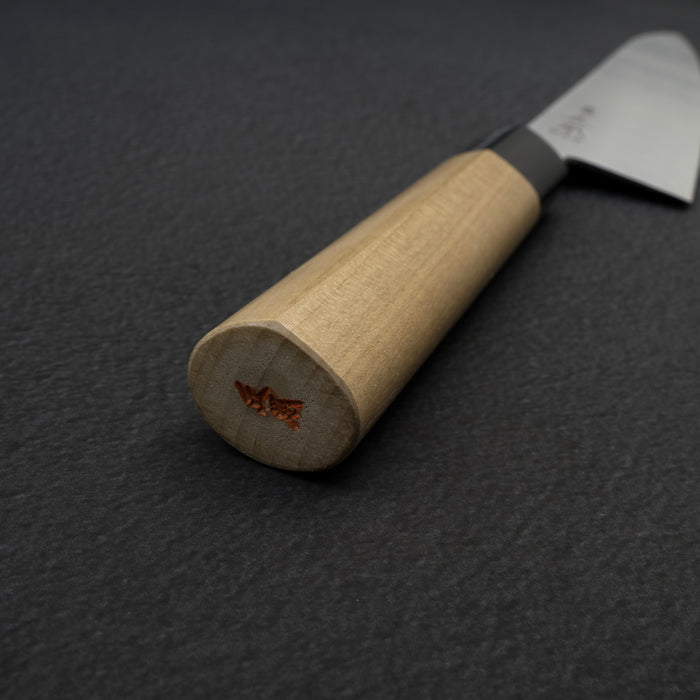Sakai Takayuki | SKU:
SATA_W3NK_YA270
Sakai Takayuki White 3 Japan Kinse Yanagiba 270mm
$159.95
Unit price
/
Unavailable
Sakai Takayuki White 3 Japan Kinse Yanagiba 270mm is backordered and will ship as soon as it is back in stock.
Couldn't load pickup availability
Detailed Specifications
| Line | Sakai Takayuki Kinse White 3 |
| Profile | Yanagiba |
| Bevel Type | Single Bevel |
| Weight | 178 g 6.28 oz |
| Edge Length | 260 mm .10.24 inch |
| Heel Height | 35 mm .1.38 inch |
| Width @ Spine | 4.0 mm 0.16 inch |
| Width @ Mid | 3.2 mm 0.13 inch |
| Width @ 1cm from Tip | 1.5 mm 0.06 inch |
| Steel | White 3 / Shirogami #3 | Carbon |
| Blade Construction | Nimai- Soft Iron Clad |
| Hardness (HRC) | 59 - 61 |
| Surface Finish | Kasumi |
| Handle | D Shaped Ho Wood Black Horn |
| Region | Sakai |
| Best for |
|

| Pros | Cons |
|
|
|
Care Instruction
- Don't cut hard things! Japanese knives are brittle so bone hacking is a NO NO!
- Wash with neutral detergent after use, and wipe dry;
- Please don't wash knife with dishwasher, it will damage the wood handle;
- Be careful not to leave the knife close to a heat source for a long time;
- It is a lot more dangerous to cut with a blunt knife than a sharp knife!
- It is best to sharpen a Japanese knife regularly on a waterstone.
- Oil the (carbon) knife if storing for an extended period of time to prevent rust.

